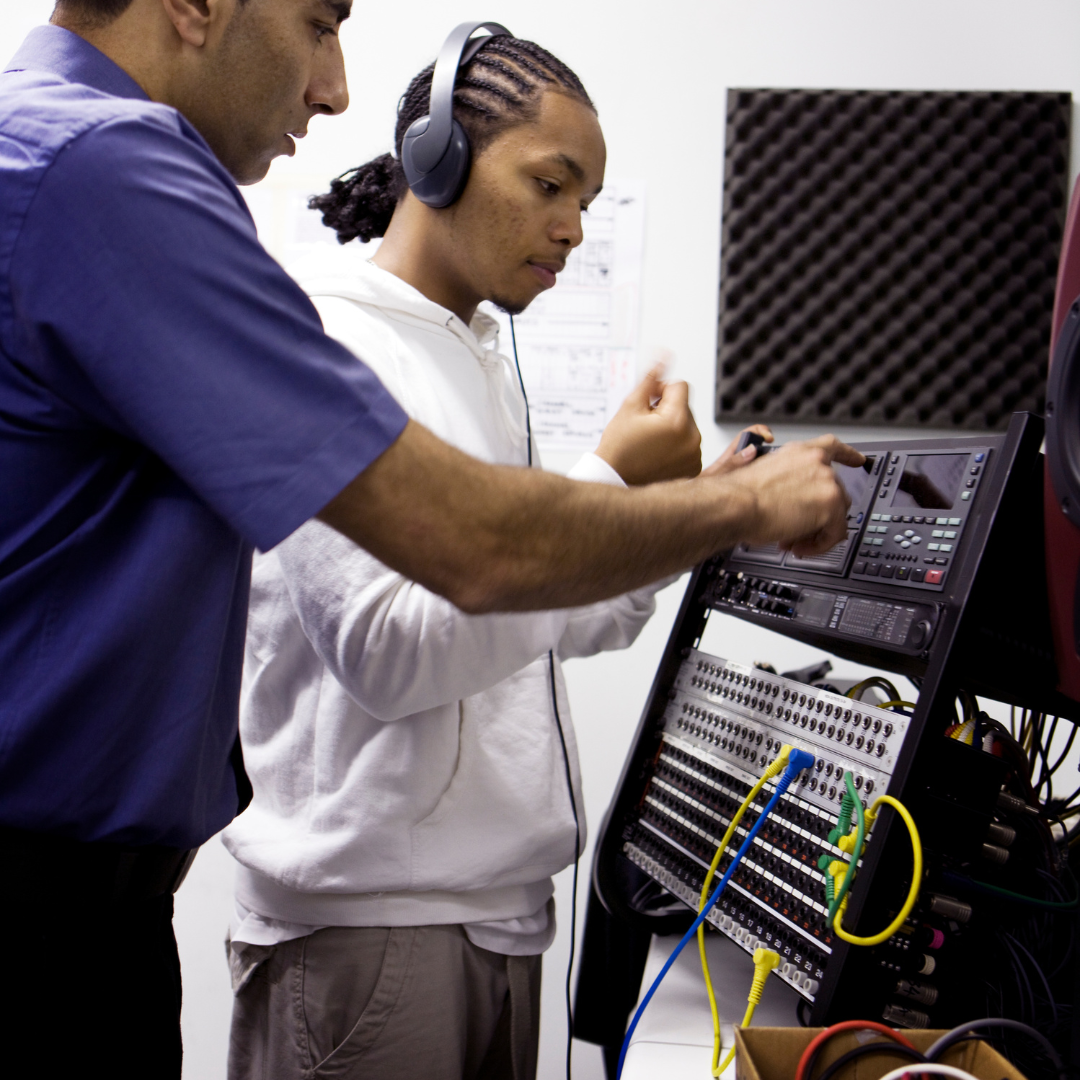Technology has transformed the music teaching world. Gone are the days when teachers had to rely on a piano, guitar, and chord charts to teach basics to the students. Now, technology provides the tools for teachers to help students develop their musical skills with the help of interactive websites, Technology Podcasts and music apps.
Traditionally, music education has focused more on teaching unique elements of music rather than its technology. However, today, technology is woven into many components of music education. Technology is not only changing how we listen to and engage with music, but it has the potential to transform how we teach music.
When you think of music, you normally think of song, melody, and harmony. And technology is usually associated with MP3s, computers, and the internet. But how has technology changed music? Is music evolving, or are we merely rearranging the pieces?
Here Are How Technology Changed Music Education:
Online resources
Technology has transformed so much in today’s education landscape that it can be tough to keep track of all the different innovations. This field, much like the music industry itself, is in a constant state of evolution. With each technological leap, new and innovative methods of music instruction are created and integrated into the learning process. Online platforms, applications, and websites have emerged as dynamic tools for learning music, offering interactive lessons and even downloadable music pieces. Moreover, with the aid of technological advancements like multi-cloud services, Artificial Intelligence, and Augmented Reality, educators can enhance database server capabilities, monitor progress, and facilitate an enriched learning experience.
Online Lessons
Music education is evolving fast. The eligibility requirements for music schools are becoming more stringent, and many music teachers feel pressured to find other forms of income to supplement their primary income. Online lessons and tutoring are also becoming popular options. They allow students to study music at their own pace and can fit into their busy lives. In doing so, they save time, money, and energy, which is just as important as doing well in music.
Promotion of Music
Music technology has been a fascinating topic in classrooms since the invention of the gramophone. With technology constantly changing, it is essential that teachers and students can keep up with the latest tools. Integration of music technology into the teaching process has been on the rise lately. Experts agree that using music technology in the classroom can promote student engagement and learning.
The digital revolution has given musicians more ways to distribute their music, enabling them to reach a large section of people with devices. The rise of streaming music services like Spotify, Apple’s iTunes, and Google Play Music has made it easier for people to experience music than ever before. Services like Bandcamp and SoundCloud have enabled musicians to share their music with the world in a more accessible way.
Benefits of Technology
One of the best things about technology in music education is that it levels the playing field. With tech, all students have access to the same resources and the curriculum, regardless of their schools, instrument, or ability to play. And, when you teach students how to evaluate online resources, they can assess information on their own and apply that to their learning. This skill allows students to use their critical thinking skills, develop their own pathways, and take ownership of their learning.
Technology has truly revolutionized the way music is taught to people. At a basic level, technology has allowed students to learn music at home or on the go. They can use their mobile devices to learn music theory, develop skills, practice, and sharpen their musical abilities. More advanced students can use online streaming music platforms to learn, practice, and perform.
